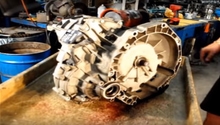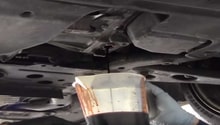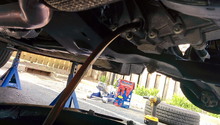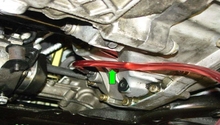Mini Cooper 2001-2006: CVT Transmission Diagnostic Guide
This diagnostic guide will help guide you through troubleshooting issues with the continuously variable automatic transmission, which 1st generation Mini Coopers are equipped with. Read on for the most common problems and solutions.
This article applies to the Mini Cooper (2001-2006).
While the Mini Cooper S used a conventional 6 speed automatic transmission, the standard "Justa" Mini Cooper had only a CVT automatic available. CVT's (continuously variable transmission) have been around for a few years now, and when they are working properly, allow for a transmission with a seamless transition between low and high gears, with no noticeable shifting. They also use fewer parts and are cheaper to produce than traditional automatic gearboxes, and the motor stays in the "sweet spot" thanks to step-less gear ratios. But while many CVT transmissions have proven to be pretty reliable, early adopters like the Mini Cooper have exhibited problems. If you're having trouble with the CVT in your Mini, keep reading and we'll walk you through the diagnostic process.

Materials Needed
- Jack and jack stands
- Standard size sockets or wrenches
- Transmission fluid
- Drain pan
- Fluid pump
Is your transmission acting weird or making weird noises?
Step 1 – Check/change your transmission fluid
The solution to many automatic transmission issues is topping off the transmission with the correct OEM approved fluid. Unfortunately, there is no dipstick to check on the CVT, which is why it is listed to be checked from underneath by the technicians at the dealer with every "inspection" service. Regular fluid service, defined by Mini as every 30,000 miles, is critical for prolonging the life of these early CVT transmissions. The transmission fluid must be changed at this more frequent interval in order for it to last the life of the car. While this service isn't cheap (around $400), it is more than 10 times cheaper than a new tranny. To check it, you need to remove the access panel below the car, and remove the check/fill plug. Fluid should drip out if it is filled correctly. If it is low, the best thing to do is drain it completely and refill with 4.5lt of fluid.

When changing the fluid, you will want to be absolutely sure that you purchase the right kind (such as Royal Purple ATF, Febi, or Redline CVT) and you must be careful not to overfill it, as this itself can cause damage. Getting to the top fill plug requires removing the battery, computer, and battery box. Take the time to change out your fluid if you're having problems first, and hopefully this will correct it. When draining the fluid, be on the lookout for metal particles, as this can be a sign of a more serious problem. This service is not difficult, so if you are not in the habit of taking the car to a dealer, you can do it yourself with the directions found here: CVT Oil Refill.

Is the transmission still acting erratic?
Step 2 – Re-flash computer software
Sometimes, erratic engine revs while driving can be solved with a software re-flash of the computer that controls the engine and transmission. The car can learn bad habits from your driving or the type of traffic you are forced to commute in. Many Mini Cooper owners swear by occasionally driving the car in Sport or Manual mode to force the transmission to relearn. Clearing out the values in the computer control system requires an ISID/GT1 and diagnostic software, and is a job that any Mini Cooper dealership can complete. They can also make sure your car was brought in over its life for the periodic software fixes and updates that all modern cars require. Once the old values are erased or the new software installed, a "teach-in" procedure can be completed and the transmission will operate as new again.
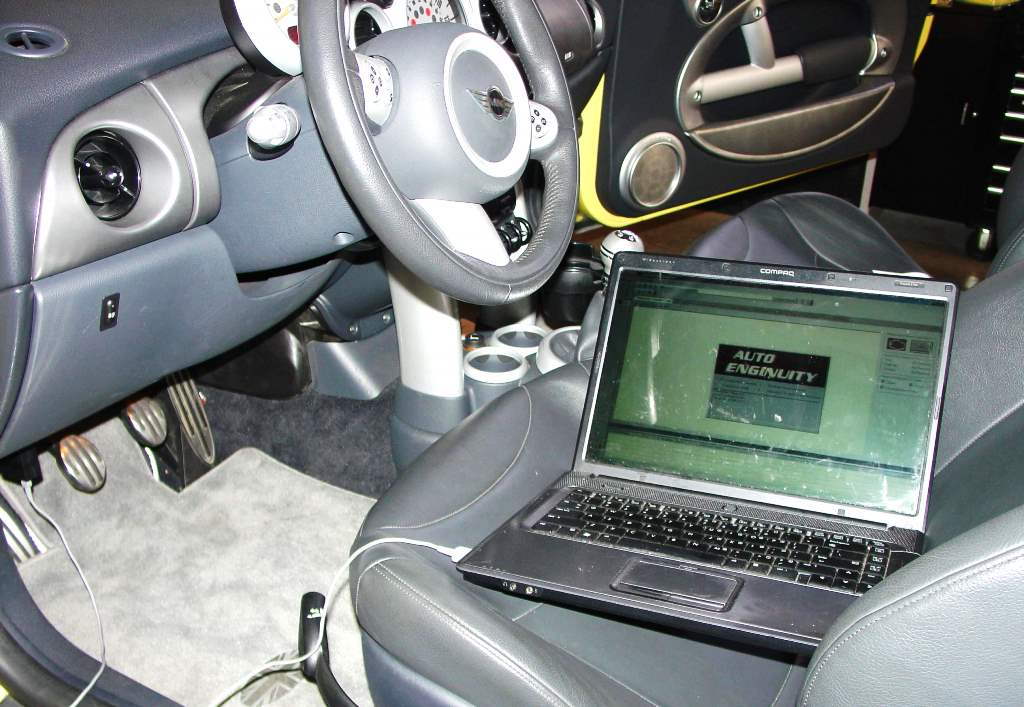
If the fluid is correct and flesh, and the software is updated, the problem is likely terminal.
Step 3 – Replace your transmission
If all else fails and your transmission doesn't respond to a fluid and computer service, you might be in the unfortunate position of needing a new transmission. There was a class action suit from owners of cars with prematurely failed CVTs, so check with your dealer because your car may be covered under it. CVT failure is not uncommon, especially on cars that haven't been serviced every 30k as recommended. Maintenance is simply critical with early CVT's, and ignoring it can cost you dearly.
A new CVT can run anywhere from $5 to $10,000, but there are rebuilt units on the market that can be had for considerably less money. If you decide to go the used route, make sure that it is tested and comes with some sort of warranty. Changing out a transmission yourself isn't the easiest job, but if you have the tools and the know-how, it can save you a ton of money.
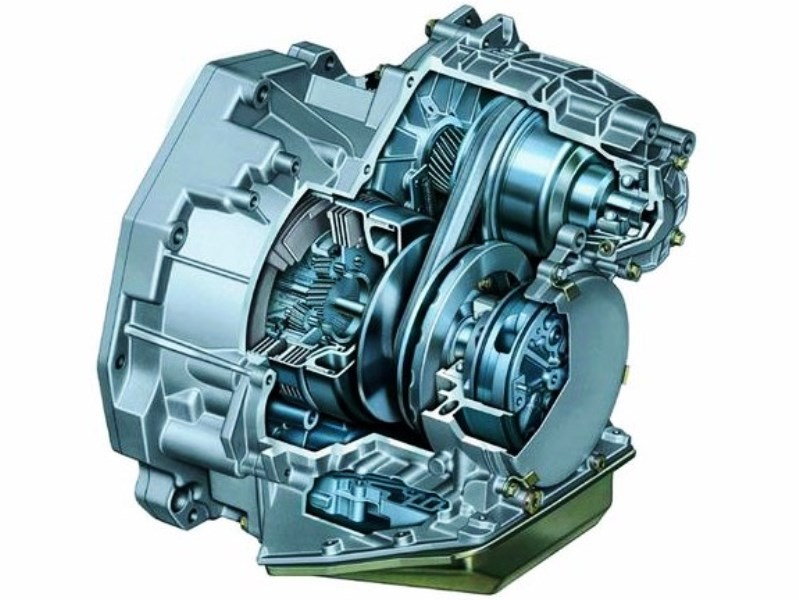
Related Discussions and Site
- Auto CVT Transmission Problems - NorthAmericanMotoring.com
- CVT Problems - NorthAmericanMotoring.com
- CVT Transmission Problems Need Help - NorthAmericanMotoring.com
- Mini Cooper Class Action Lawsuit - TopClassActions.com



